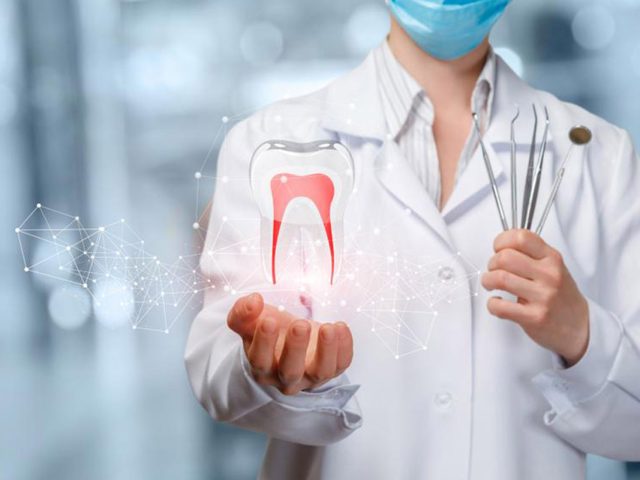

Sports Dentistry
Sportsmen may be hit many times throughout their lives, depending on the sport they do. This is the branch of sports dentistry that deals with sports and exercise-related dental injuries, prevention and treatment of oral diseases.
If the severity of the blows that the sportsmen are exposed to is low, it causes heat increase in the body and injuries to the soft tissues. Most of the severe traumas experienced by sportsmen include injuries to the jaw and face. Impacts on the jaw and face can cause displacement and fractures in bones and teeth.
We can say that the most common injuries in the face and jaw area in sports accidents are dental injuries. Generally, this type of injury is seen in close combat sports, sports using sticks, football, basketball, skiing and racquet sports. In such cases, sports dentistry develops solutions to the health problems encountered.
Fractures in the jawbones and teeth are quite common in accidents and injuries in the face area. As a result of the injury, the upper jaw and usually the upper incisors are damaged. Fractures on the face and increased intracranial pressure may occur. Serious neck and brain injuries are also among sports injuries.
Sports Injuries
We have all seen the protection apparatus given to the sportsmen to put on their teeth in a boxing match or an American football match. Appliances produced to prevent such accidents in sports activities and to protect people from injuries are called ‘mouth guards or protective mouth guards. By keeping these mouthguards in their mouths, sportsmen protect their teeth, tongue, lips, cheeks and jaws against incoming blows. Another most important feature of this mouth guard used by sportsmen is that it creates a gap between the upper and lower teeth, preventing possible concussion of the brain, injury, and possible death.
Scope of Sports Dentistry
Sports dentistry continues studies for the methods of protection from maxillofacial injuries (it is a separate field of specialization for postgraduates in dentistry, it is the science that repairs the head, face and mouth, teeth, gums, and neck related diseases functionally or aesthetically). It should not be forgotten that it is as important to prevent possible situations as to treat injuries or traumas in sports dentistry.










